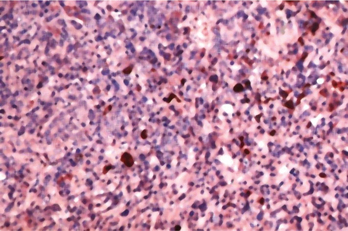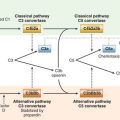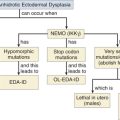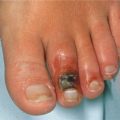CASE 34
A patient of yours has just undergone surgery at your local hospital for cancer of the colon. You agreed to act as a surgical assistant for this operation. After completion of the surgery, the surgeon reminds you to draw a carcinoembryonic antigen (CEA) level. Why did the surgeon do this? What is this measurement? What is the significance of measuring this in this population?
QUESTIONS FOR GROUP DISCUSSION
RECOMMENDED APPROACH
THERAPY
Oncofetal Antigens
TAAs are often molecules (antigens) that are expressed at stages of normal cell differentiation, although the tumor cell expression is either qualitatively or quantitatively different from normal cells at that particular stage of maturation/differentiation. An important class of TAAs is the so-called oncofetal antigens (OFAs). Oncofetal antigens, of which CEA is an example, are not unique to tumor cells but are in general not expressed at high levels in perfectly normal adult tissue. They tend to be, as the name implies, molecules expressed preferentially during normal fetal development but molecules for which transcriptional silencing of gene expression occurs during adult life. However, it has become apparent as we understand more about these OFAs that there are a number of nonmalignant conditions (for different tissues) in adulthood in which re-expression does occur. In addition to CEA, α-fetoprotein and β-hCG are also recognized oncofetal antigens (Fig. 34-1).
Carcinoembryonic Antigen
Re-expression of CEA
As an example of other conditions in which high levels of CEA are found, in addition to in patients with gastrointestinal malignancies (of the colon), increases have been observed in cigarette smokers and in alcoholic cirrhosis. Increased levels have also been described in nongastrointestinal malignancies (e.g., breast cancer). It is because of these numerous exceptions (false-positive results) that simple marked increased expression of CEA cannot be used as a specific marker for the detection of colon cancer.







